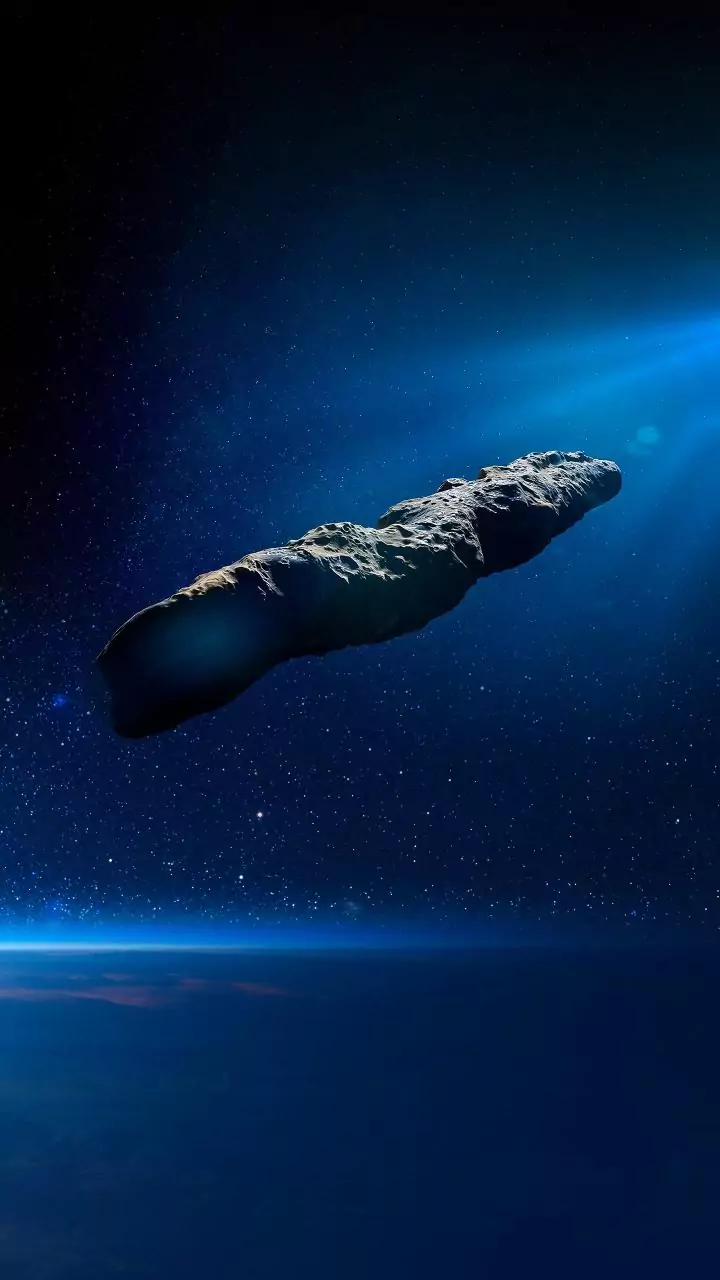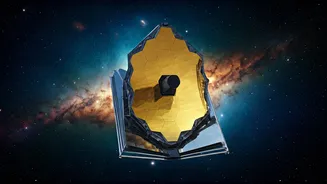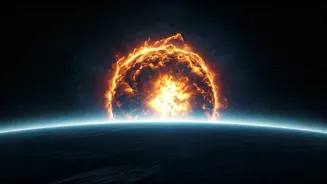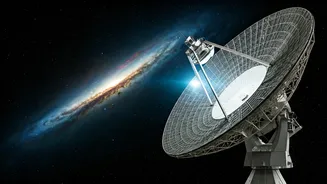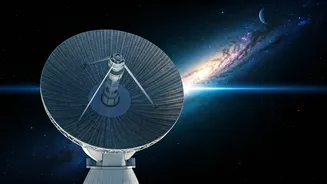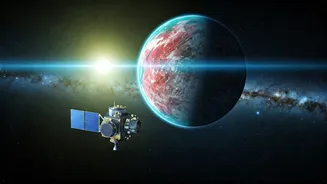Early Universe Glimpses
The JWST has allowed scientists to peer into the nascent universe, revealing that galaxies were far more turbulent during their early stages of formation
than previously believed. The telescope's infrared vision penetrates cosmic dust, unearthing hidden structures and processes. Astronomers have obtained detailed views of these early galaxies, challenging earlier theories. These observations offer a new perspective on how the first galaxies assembled, evolved, and shaped the cosmic landscape we observe today. Analyzing these galaxies is key to understanding the progression from the Big Bang to the complex structures seen in the present-day universe. Early findings suggest a dynamic and chaotic period, providing a foundation for understanding the future cosmic evolution.
Exoplanet Atmospheres Examined
Beyond its study of the early universe, the JWST is also focused on exoplanets, planets orbiting stars outside our solar system. The telescope is equipped to analyze the atmospheric composition of these distant worlds. JWST has found that phosphine may be present in the atmosphere of a brown dwarf named Wolf 1130C. It produced the first-ever 3D map of a distant planet called WASP-18b, providing more specific details on the atmospheric dynamics of these exoplanets. JWST is capable of detecting the presence of various molecules, like water, methane, and carbon dioxide, which are essential to understand a planet's potential habitability. These atmospheric studies offer critical insight into the diversity of planetary systems and the environments that could potentially support life beyond Earth.
Uncovering First Stars
One of the most exciting endeavors of the JWST is its search for the Population III stars, the first generation of stars to form in the universe. These primordial stars are expected to have been extremely massive, with compositions composed of only hydrogen and helium. These stars played a crucial role in enriching the universe with heavier elements, creating the building blocks for later stars and planets. JWST may have already spotted these elusive Population III stars, but further confirmation is needed. If confirmed, this detection would mark a landmark achievement in astronomy, allowing scientists to study the initial stages of stellar evolution and the chemical enrichment of the early universe. This research will help refine cosmological models and provide a clearer picture of how the universe evolved.



